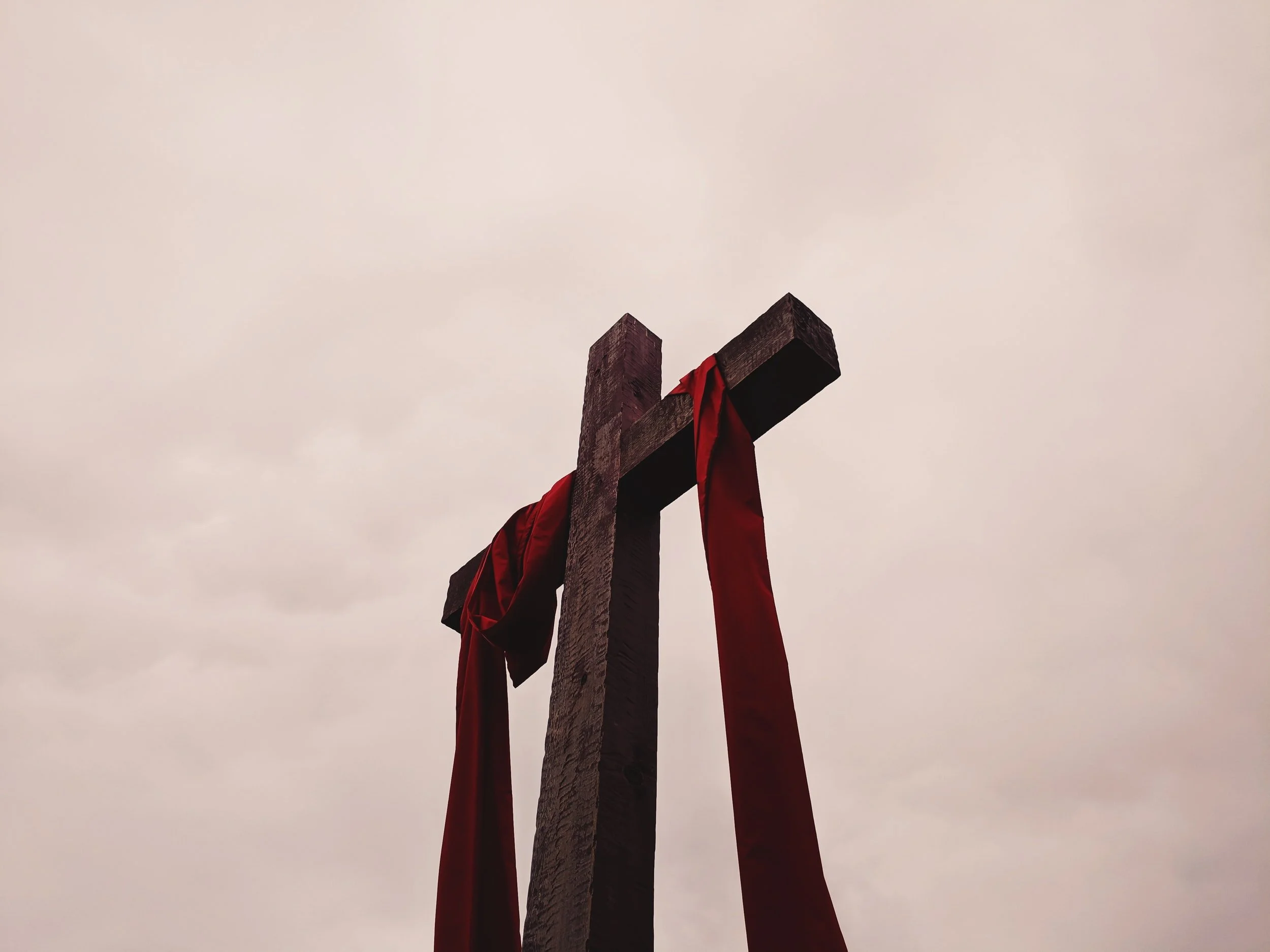Gospel Message & Recording
We are gathered today to celebrate the Festival of the Cross, which commemorates the discover of the “true” Cross of Christ. This occurred in the year 326 A.D by Queen Helena, the mother of Roman Emperor Constantine, during her pilgrimage to Jerusalem. The celebration is conducted via procession and exaltation of the Cross to the four corners of the earth in the Malankara Orthodox Church. Most Orthodox believers typically think of Holy Friday as the day that the Cross is glorified. In fact, Holy Friday is focused on the Passion of Christ, that is, Christ’s agony and suffering. That said, the Feast of the Cross is the actual day that the Orthodox Church celebrates the Cross as an instrument of salvation.
Unlike the Eastern Orthodox Churches, the Malankara Orthodox Church does not have an icon of the crucified Christ on any of its Crosses. The Cross is pure wood, with a long vertical beam and shorter horizontal beam. It has always been argued that the Malankara Church has plain Crosses because we believe in a risen Christ—not a dead Christ. I have found this statement to be ignorant. The Malankara Orthodox Church upholds the theology of Icons similar to the Eastern Orthodox Church; however, because the Iconoclasm (the destroying of Icons) was not within the history of the M.O.C, Icons are not prevalent.
In wanting to seek a deeper spiritual meaning to the “plain” Cross, God has put it in my heart the following understanding: Christ is not on the Cross because we have to see ourselves on the Cross. Here the words of St. Paul become true, “I am crucified with Christ.” When we see ourselves on the Cross, the Cross becomes our own. Then, the words of Christ become true, “If you wish to follow, you must carry your Cross.” Carrying your own Cross is not easy. Most of us don’t want to carry anything but would rather be carried. It is only when we see the Cross as a “vertical” and “horizontal” experience that we truly begin to carry our Cross.
The vertical experience takes place in the Church by developing a relationship with Christ through the prayers, fasting, and the Eucharist. The vertical beam of the Cross goes straight up and down. This symbolizes our direct relationship with God, from heaven to earth. Unless and until we have a relationship with God, we can never carry our Cross. The most we can do is hang a fancy cross on our necks and claim to be Christian.
The horizontal experience is taking our relationship with Christ and sharing it with others. Just as Christ’s hands reached from one end of the Cross to the other, so also, our hands must reach out to the world in which we live and share the Gospel of Christ. This means: 1) inviting someone to the parish (from work or our neighborhood) 2) reaching out to the community with the Gospel Message via meetings 3) going out to the community, door to door, and inviting them to the parish 4) preaching on the streets. (Honestly, at this point, this is an insight that the Lord has given me. I struggle to see how to make it realistic. Nevertheless, we must work hard to come close as possible to make this insight a reality.) This is not the “job” of the priest alone; but it belongs to all the members of the parish. We must all be willing to “get-our-hands-dirty” and share the gospel. Otherwise, in a few years we will find ourselves where we began.
Small Group Discussion Questions
Have you told someone in your work place about St. Luke? Have you invited them? Have you invited your neighbors?
On a scale of 1 to 10 (10 being the most comfortable) how comfortable are you in sharing the Gospel with someone else?
Sharing the Gospel is a fundamental key in regard to church growth. Do you have any other ways of sharing the Gospel?

